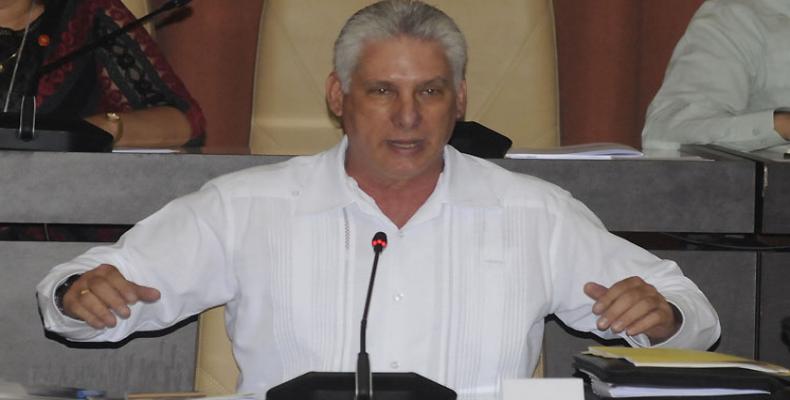Havana, August 20 (RHC)-- Establishing a more coherent relationship between supply and demand of a skilled workforce, promoting professional development and updating knowledge, as well as improving the innovation system and income distribution, are strategic guidelines to resolve the problems of employment in Cuba.
On the front page of this morning's edition of Granma newspaper, it's noted that Cuban President Miguel Diaz-Canel is checking 57 measures of immediate, short and medium term implementation, proposed by the Ministry of Labor and Social Security and the Faculty of Economics of the University of Havana.
According to the Presidency website, Díaz-Canel insisted on the need to take into account long-distance work, with adequate control mechanisms and contracts backed by the Labor Code. In addition, sectors of the economy where it is more feasible to use this modality are being studied.
The Cuban president also drew attention to multi-employment, in which about 200 thousand people are currently involved, equivalent to only 2% of total employment. Diaz-Canel has directed studies to find the best ways to make this option more flexible, taking into account an aging population and the tendency to decrease the number of people able to work.
Among other suggestions of the Cuban president were studies of employment issues and assigning researchers to study and provide solutions to the area's problems.
As of 2018, Cuba employed 4 million 482 thousand 700 workers; of them, 3 million 67 thousand in the state sector and one million 415 thousand 700 in the non-state sector of the economy. Cuba has a 1.7% unemployment rate.
These figures show a gradual growth of workers employed in the cooperative and self-employed sector, areas which opened up beginning in the year 2010.


